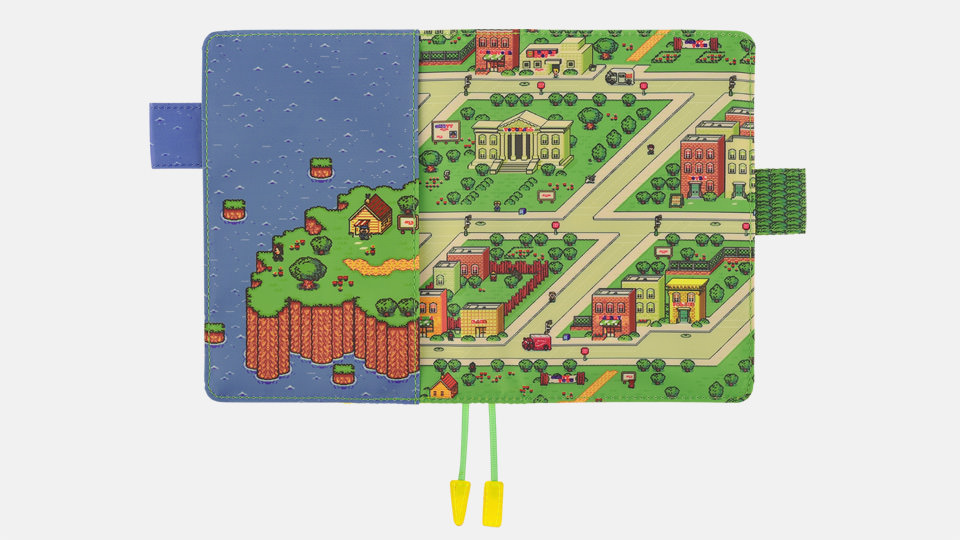Paper thickness can be measured with calipers, but that makes way too much sense, so its usually expressed as a weight instead. Dead serious. In the US, a country that I am increasingly convinced knows fuck all about paper, the measure is weight (in pounds) of 500 sheets. Except that 500 sheets does not mean 500 sheets. Its the weight of 500 sheets of a basic size of paper. The basic size for letter paper is a sheet that is cut into 4 letter-size pages. So its really the weight of 2000 sheets of paper. Fucking hell. Youll usually find 20, 24, or 38 lb paper. Over 110 pounds is cardstock. What the 110lb figure refers to is anyones guess. Maybe its a standard life-size cutout of Leonard Nimoy. How would we know?
Paper standardization is annoying because the industry is so old. Movements and trends in the industry are pretty much entirely engineering and operations related, rather than something purely developmentally scientific, and as such measurements are something that exist on pretty much a company-by-company basis. And these companies largely exist as islands. Proctor & Gamble have different metrics than Kimberly Clark have different metrics than Georgia-Pacific and International Paper. It's just the way it is.
There are really three critical parameters in all papermaking: Basis weight (sometimes referred to as "grammage"), caliper, and some kind of tensile break modulus. Depending on the product you'll find other things (saturation capacity, compaction, that kind of thing) but these three metrics are ubiquitous.
Basis weight means "mass per ream." One ream is typically 500 "standard" sheets. But: what this is essentially saying is "mass per surface area." The size of a standard sheet varies between products/companies/mills, so this number by itself doesn't mean much in a comparative sense. I'm actually not sure how this works from a product standardization standpoint (table 2 on page 6 of this document has some numbers, but I cannot comment on if they're actually adhered to from an advertised weight standpoint: http://www.tappi.org/content/tag/sarg/t410.pdf)
Caliper is exactly what you'd think it is: thickness per sheet or sheets. Different industries and products use different numbers of sheets (because a single sheet of communication paper is tough to measure on the fly with quality control lab equipment - it'll usually be something like millimeters/8 sheets).
There's a lot of room for "compacting" paper, this is usually done through giant rollers on paper machines (or after-winders) called "calendar stacks." Basis weight and caliper are related but not uncontrollably dependent on one another.
Break modulus is just a measurement of yield stress. Some companies do a "with grain" and "across grain" tensile test (sometimes independent numbers are targeted, sometimes an average or mean of some sort is targeted), some companies try to push an arm through the paper. There's a bunch of ways to do this, but some measurement of yield stress is present across the industry.
TAPPI (Technical Association of the Pulp and Paper Industry) has a lot to say about all these things. A lot of their stuff is available online behind a paywall, but with some decent Google-fu you can perplexingly bypass a lot of their red tape/convoluted site structure.
















